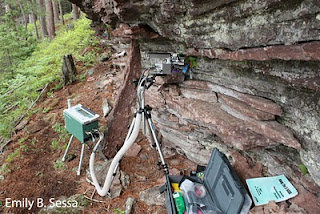I’m a fern in the world, just trying to grow
Fertilization and cell division is all that I know
I just want to survive and spread my spores
And know I’m not a peach but my life is hard core
They say I’m a monilophyte but you can call me a fern
My life’s been a long one, with many twists and turns
Sometimes it’s hard to discern what stage I’m in
Let me welcome you to my world, let the story begin
I started out as a spore, on the bottom of a leaf
Grew up in a sporophyte, my release was a relief
I had many brothers and sisters, and some of them didn’t make it
But sometimes life is hard, and the goal is just to stay fit
I was a small little guy, all alone and homeless
But I soon started to grow I guess you could say mitosis
And pretty soon fertilization became my focus
But I knew finding a mate for me was pretty much hopeless
I’m a fern in the world, just trying to grow
Fertilization and cell division is all that I know
I just want to survive and spread my spores
And know I’m not a peach but my life is hard core
So I fertilized myself just not to remain childless
I really didn’t care that all my kids would be homozygous
It really wasn’t hard there was no pandemonium
I just put sperm from my antheridia into my archegonium
So now I was a zygote, yeah from 1N to two
The best years of my life, and upwards I grew
The increase in my size was all in my genetics
And it also didn’t hurt that I was photosynthetic
I grew and I grew and it seemed like overnight
I reached my final stage and became a sporophyte
So now I’m making sporangium all on my own
And just hoping my little spores, will all find a home



















































